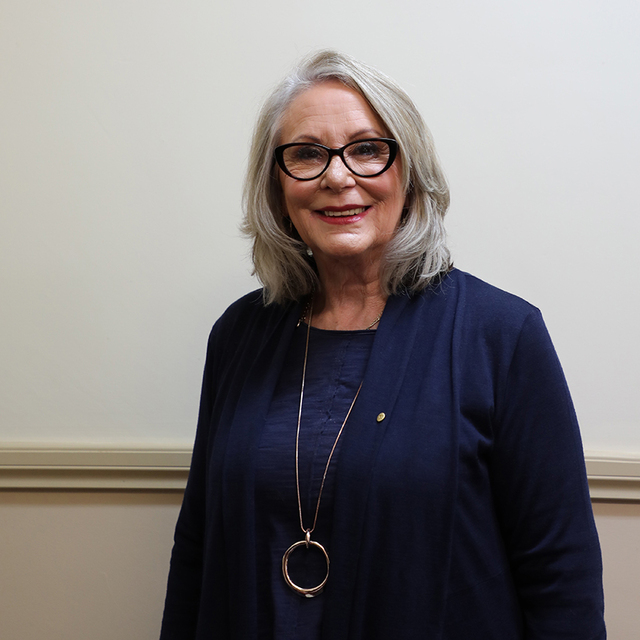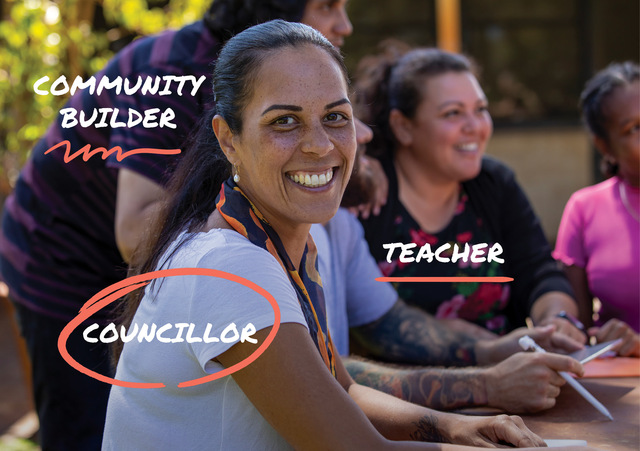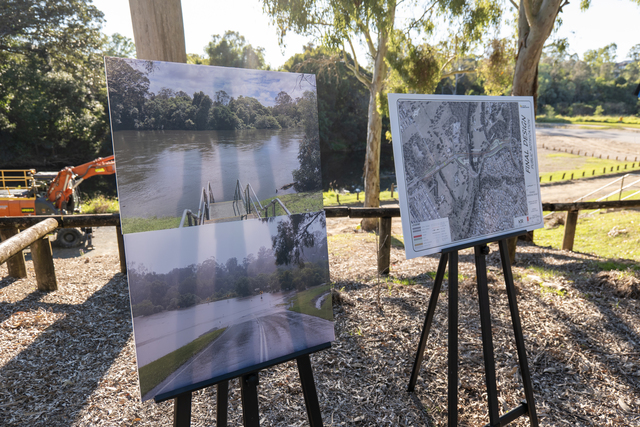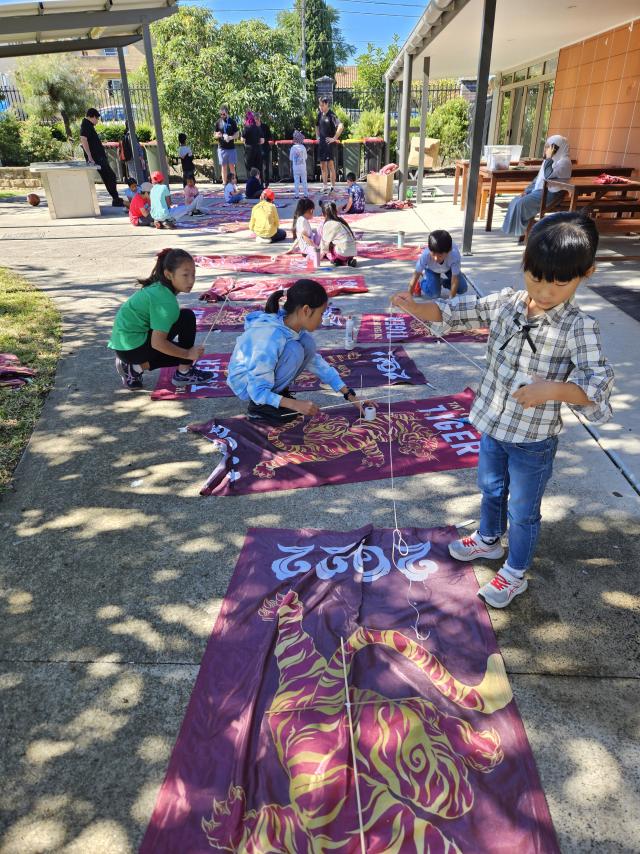Some of Australia’s earliest industrial history has been recaptured in an engineering project that combines heritage values, engineering skills and environmental management.
Involving the City of Yarra and Melbourne Parks and Waterways, the project has restored Australia’s first ‘hydro-electric’ power source in an old flour mill established in 1838. It is located on the banks of the Yarra River, at Dight’s Falls in Collingwood.
Once Victoria’s industrial heartland, where factories abounded alongside workers cottages, the inner suburbs of Melbourne now comprise prime real estate and, the waterways, once receptacles for all kinds of industrial refuse, have been largely returned to public recreational space.
In the process, much evidence of the early history of European settlement has been lost. Restoring the mill is a way of retaining history while enhancing amenity. The project involved the restoration of the turbine house, water channels and sympathetic landscaping and signage.
Removal of layers of landfill, including thousands of shoe soles, a legacy of the period when Collingwood was a centre of boot and shoe manufacturing, was the first task.
Redirecting the flow of the Yarra River to recreate the original mill race, restoration of the buried turbines, believed to be the first in Australia, and rebuilding of the Mill Race wall using the original bluestone recovered from where it had been dumped, was then undertaken.
During work, the site was flooded on four occasions. This required filtration of the pumped out water to avoid contamination of the river. A new sluice gate was also constructed to allow water to run through the Mill Race and the Mill House.
The location of the Mill at the junction of the Merri Creek and Yarra River provides an opportunity to remind Melburnians of its inner urban history as they cycle, stroll or canoe past. Special viewing platforms have been constructed to enable safe viewing of the old turbines in what is now a picturesque setting.
Besides its historic and aesthetic value, Yarra City Council believes the Mill restoration provides a good example of team work between Council and other bodies, and stands as an example of good contract management.
Other groups who contributed to the project included Aboriginal Affairs Victoria, Wurundjeri Council, Yarra Bend Park Trust, Bicycle Victoria, Yarra Bicycle Users groups, Friends of Middle Yarra, Friends of Merri Creek and the Clifton Hill Residents Association.
For further information contact John Lombard, telephone (03) 9205 5130.







